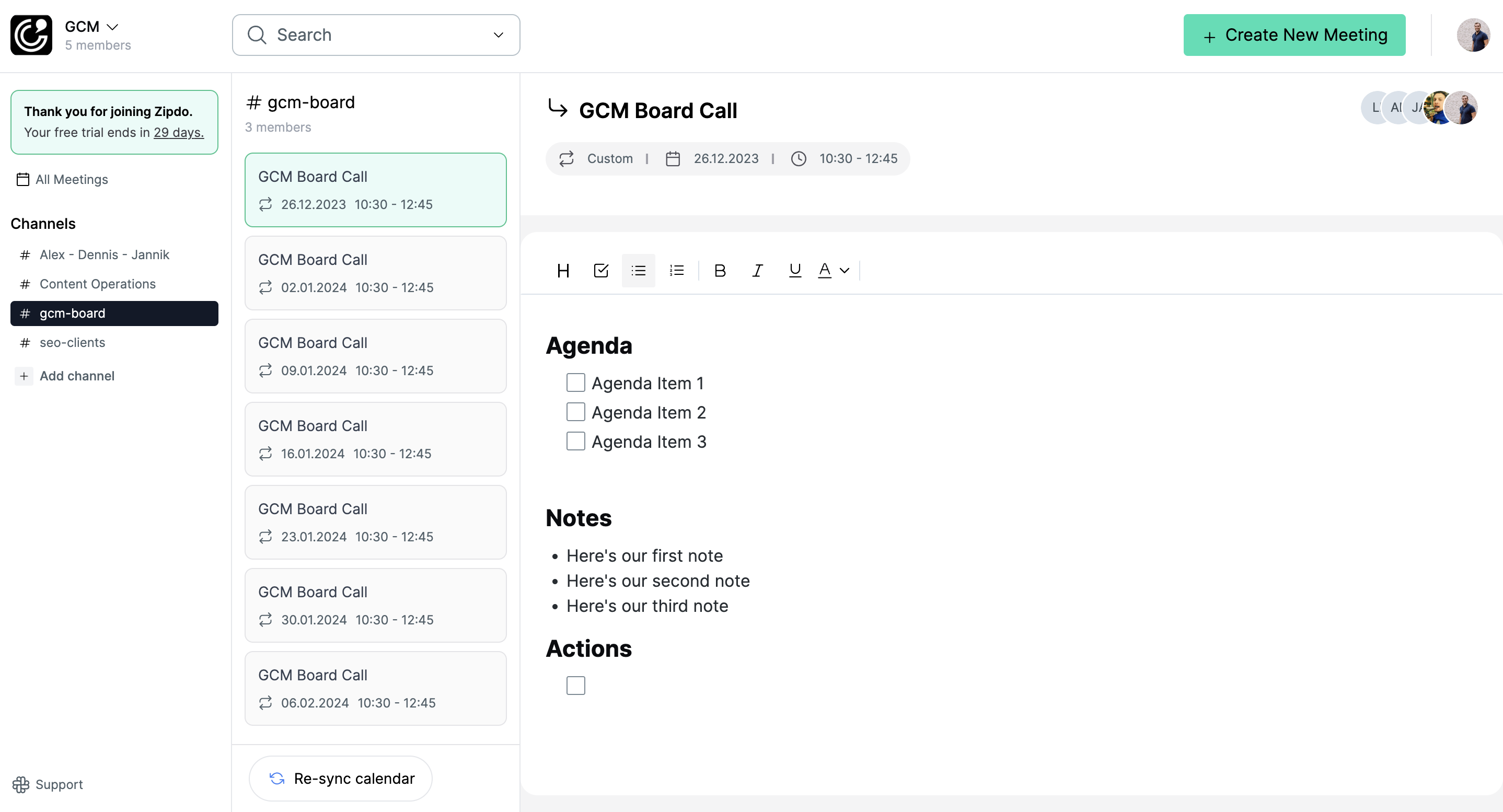What are meeting objectives?
Meeting objectives refer to the specific goals or outcomes that a meeting aims to achieve. These are the central focus points that set the direction of the meeting and guide its discussions.
They can be based on a broad range of topics such as decision making, problem-solving, planning, coordination, or team building. Effective meetings should have clearly defined objectives to ensure that the time and effort invested are productive, and that every participant understands their role and the expected results. Meeting objectives also help to measure the success or effectiveness of the meeting.





